Panier
Close
- No products in the cart.
Sous total (Hors frais de livraison)
0,00€
Payer
Expédition et livraison
Réparation et maintenance
What is pumping foil? With the right cardio and training, this technique involves propelling yourself off the surface of the water using your body movements to move your board and foil forward. And when you first start foil pumping, it can seem intimidating and complex. However, it will help you perform better in your board sport, a technique that requires good coordination to generate speed and maintain balance.
Don’t worry, here are a few tips and tricks in this guide to make your first dockstarts a success and progress in pumpfoiling, which can be practised in wingfoil, SUP foil or surf foil.
Before you start pumping foil, it’s important to understand how a hydrofoil works. It operates in a similar way to an airplane. It is essential to create speed to obtain sufficient lift to then move and glide above the surface of the water. To maintain flight, the aim is to optimize momentum by exploiting the foil’s inertia and vertical thrust.
Pumping allows you to generate this energy through your own movements, using your body’s own strength. The key is to maintain a constant speed, optimum stability and master a certain pumping technique. This way, you can save energy during each session, to maximize the sensations and this unique gliding experience.
In this YouTube video below, we explain in detail how a foil works.
To be totally transparent, mastering the technique and practice of pumping may take a little time. And it all depends on your foil (preferably carbon), your board and the conditions on the water. But pumping is accessible to all.
A simple rule to remember before you start: be in tune with your equipment, lighten up when you go up and get heavier when you go down. The aim is to optimize glide by focusing on a well-executed movement, even at low speed, rather than trying to go too fast with a bad pumping move.
You may need to pump in several situations:
The case of dockstart is a good example of how to learn to pump from a platform.
Whether wingfoil, surf foil or sup foil, the technique remains the same. Pumping will always be triggered once you’re already airborne.
The first step to pumping is to get out of the wave or bump at the right time. In surf foil, try to get out where the wave isn’t breaking to avoid turbulence. In downwind and wing foil, it’s generally easier, because you’re moving out of the area where the waves are breaking.
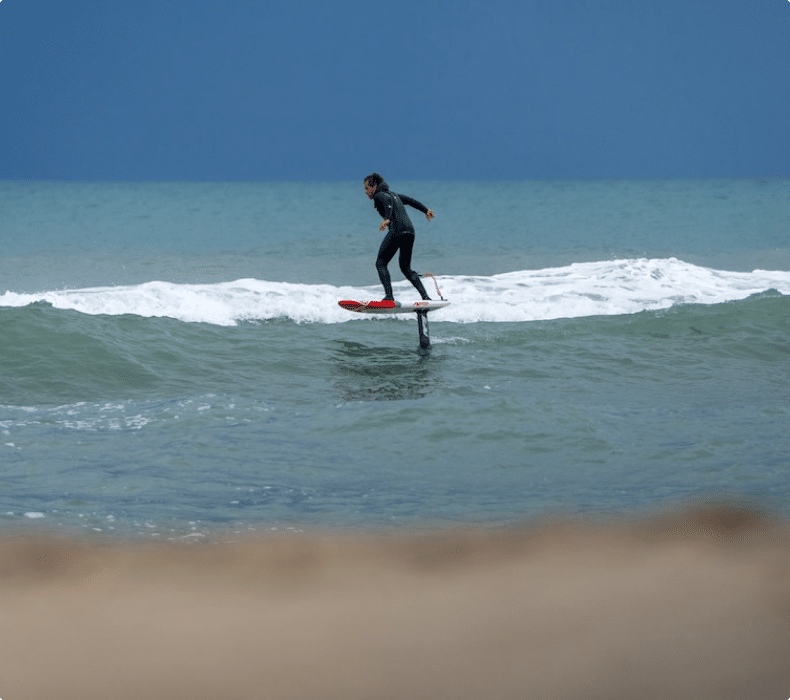
The higher the speed, the smoother the movement. At the start, avoid too tight or fast turns when coming out of a bump or wave, so as not to lose speed. Conversely, take the time to lengthen your curve once you’re stable on your board. This will help you maintain a good initial speed and launch your pumping in the best possible conditions.
Foil pumping is a combination of two movements, based on alternating lightening and pressing of the body. The key to pumping lies in coordinating the movement of your legs and the transfer of your weight.
The board rises under the effect of the lift, while the support on the front allows you to accelerate. So, when your back leg straightens, your front leg will bend slightly to let your foil, which is located under the back of your board, rise. This is the push phase.
Then press down on your front leg, accentuating your weight to generate more speed and direct your foil downwards.
Check out this pumping video sequence captured during an AFS team trip.
Let the foil rise, pressing down on your back leg as you lighten up. Once at the top, reverse the movement: press down on your front foot and release the pressure on the back.
On the other hand, use your arms to accompany you in the lightening phase. By swinging them in sync with your movement, you’ll improve your balance and make it easier to raise the foil.
It goes without saying that an ample movement consumes less energy than rapid pumping.
By giving more amplitude to your movement, you’ll be able to take advantage of rest phases thanks to the good lift of your foil as it approaches the surface.
The pumping rhythm also depends on the equipment you use. With a wide-span front wing and a long fuselage, the movement relies more on inertia, requiring a lower frequency. Conversely, with a smaller front wing and a short fuselage, you’ll need to adopt a more sustained, cadenced rhythm… But it’s ideal for turns. This is why the type of foil influences the rhythm: a large front wing allows a more fluid movement and requires less effort than a small one.
Pumping foil can be learned, it just takes a little patience and a lot of practice, but anyone can do it. To progress more quickly, take the time to watch several videos and tutorials to analyze the movement. This will help you better understand and mentally integrate the technique, so you can reproduce it more easily once on the water. Get moving!
Click & Collect
Secure payment in 3 or 4 instalments
Advice from enthusiasts
Satisfied or your money back
2 to 3 years warranty
Worldwide delivery
Votre emplacement actuel et les langues disponibles
Your current location and available languages
Build your complete foil equipment according to your practice and objectives.
Answer a few quick questions and get a suggestion.
Compare up to three stabilizers side by side.
Coming soon...
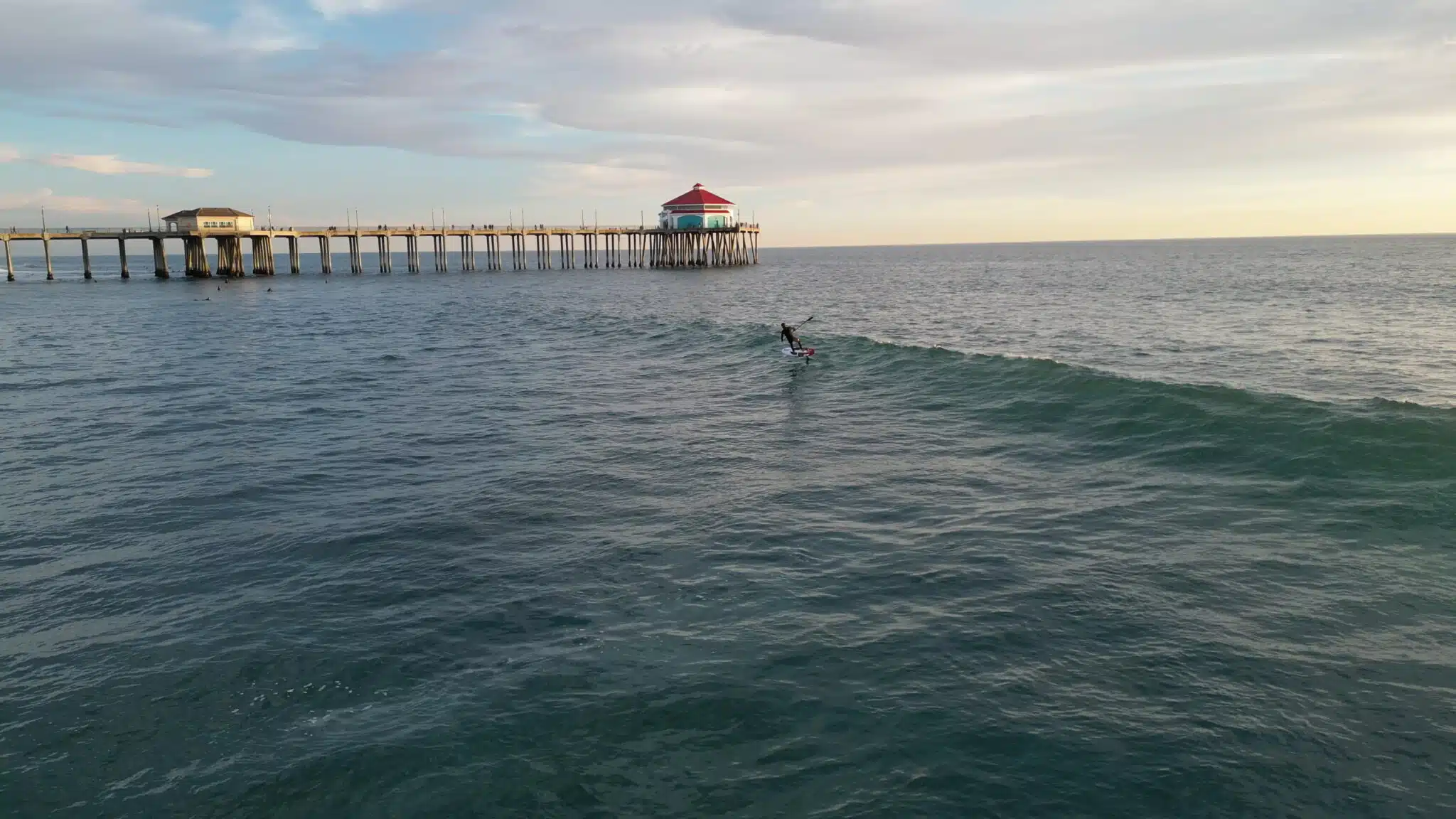
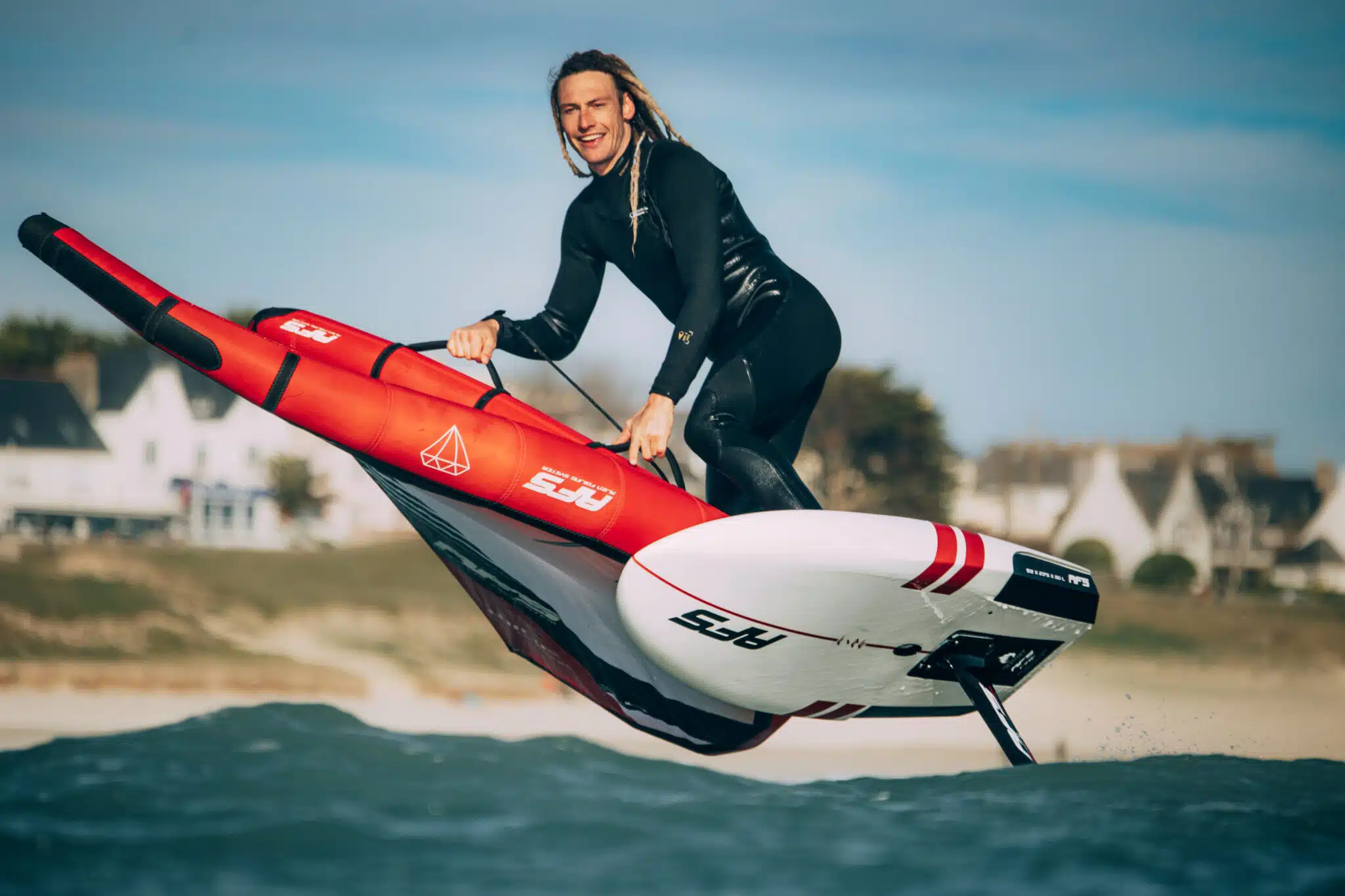

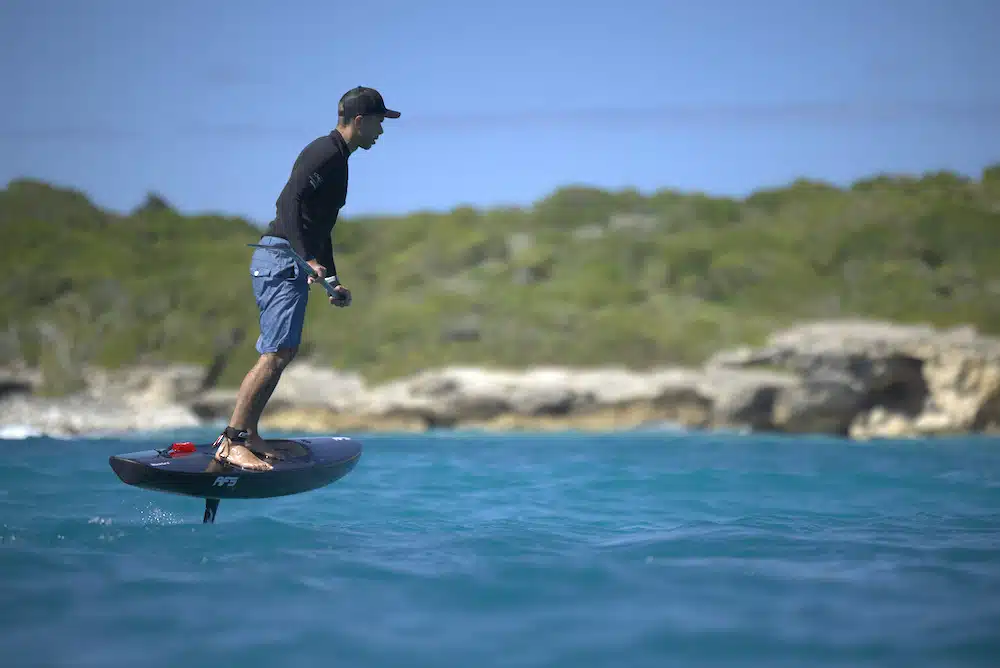
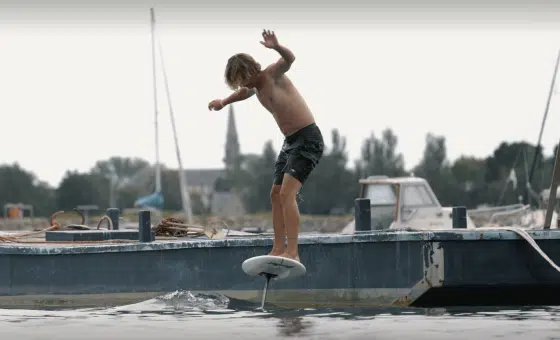
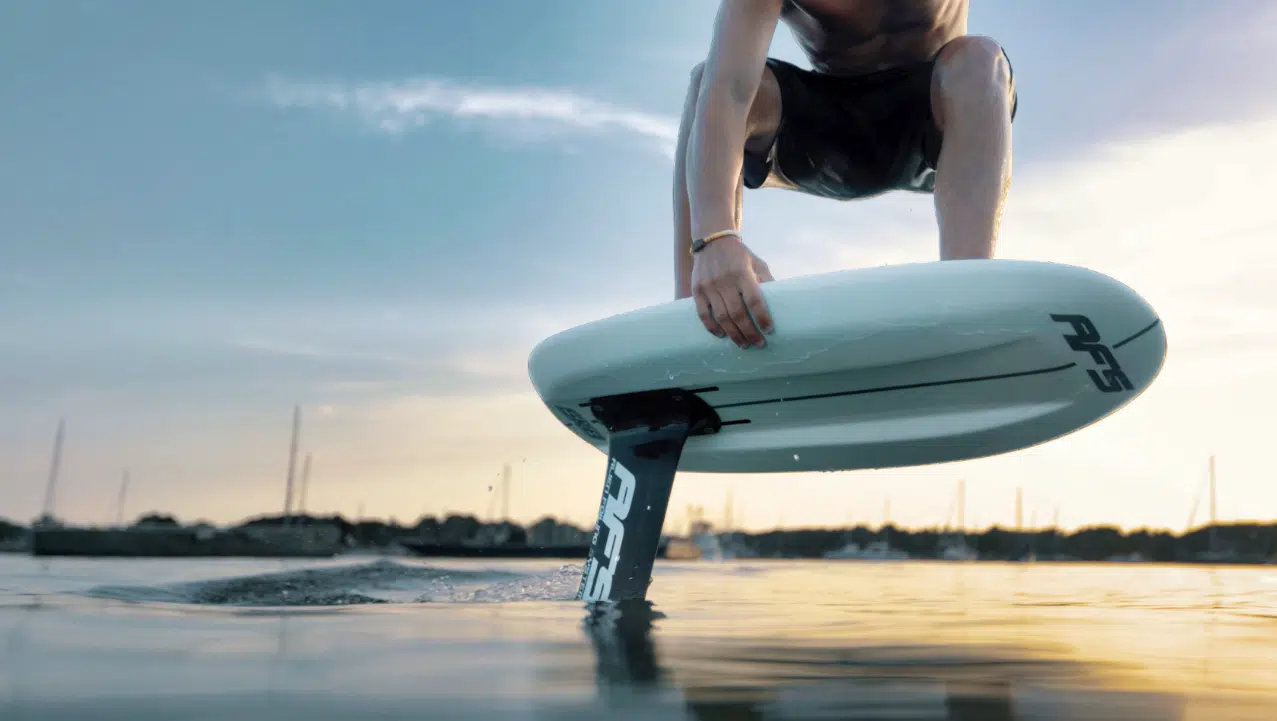
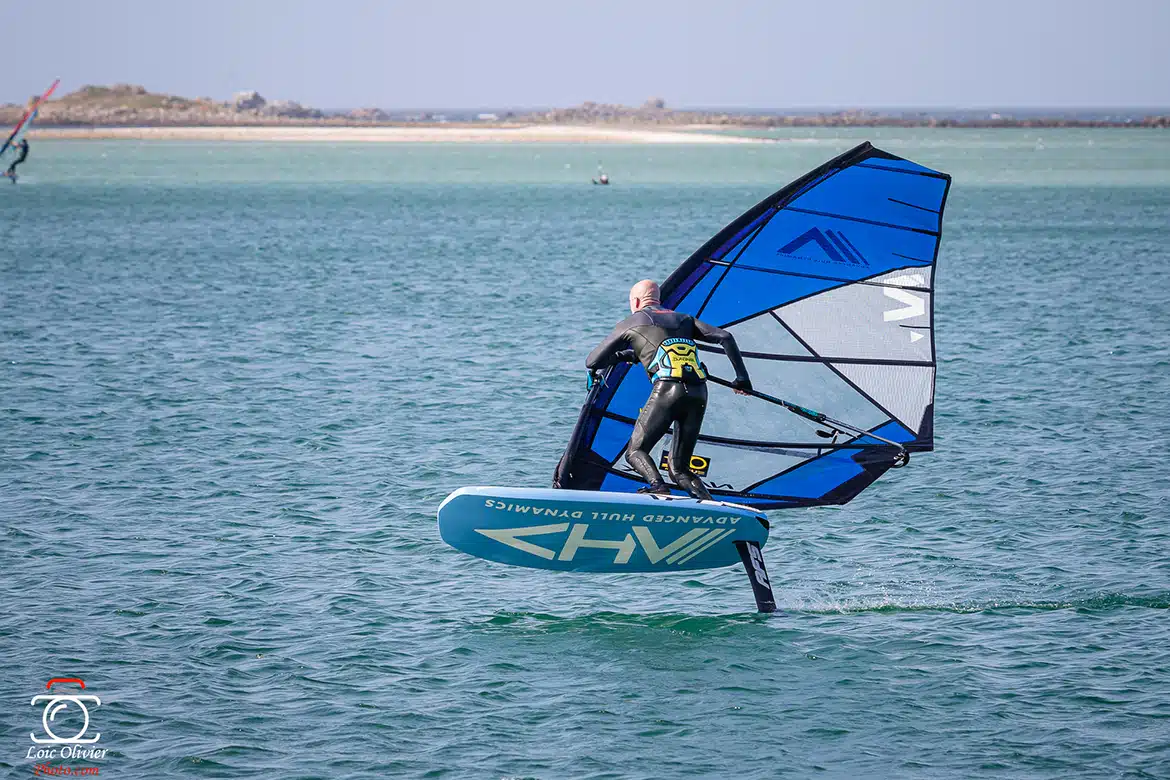
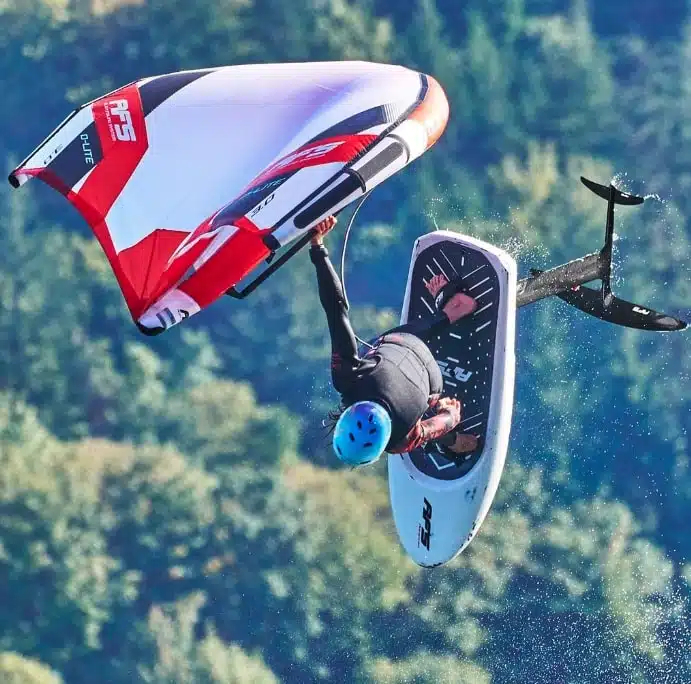
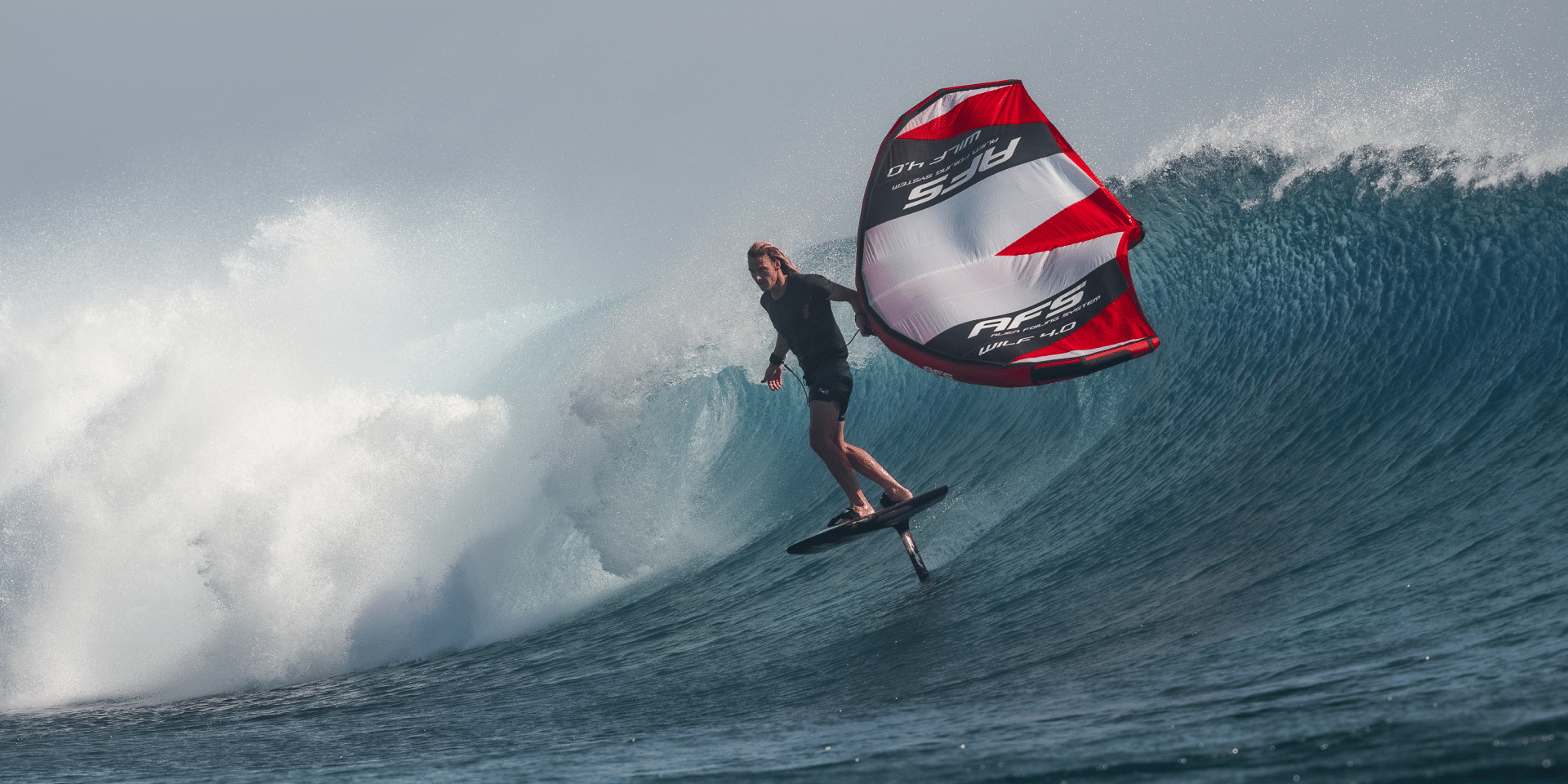
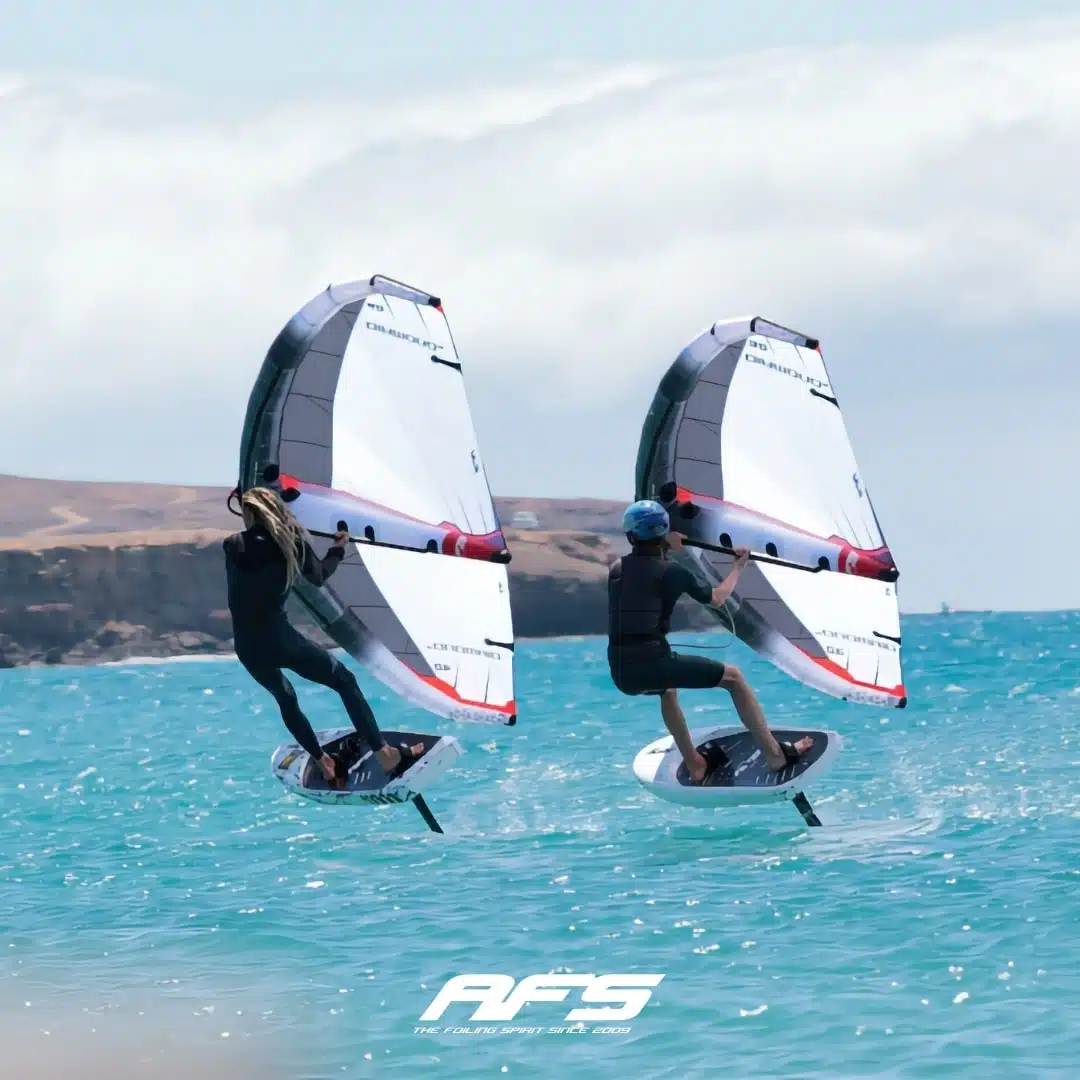
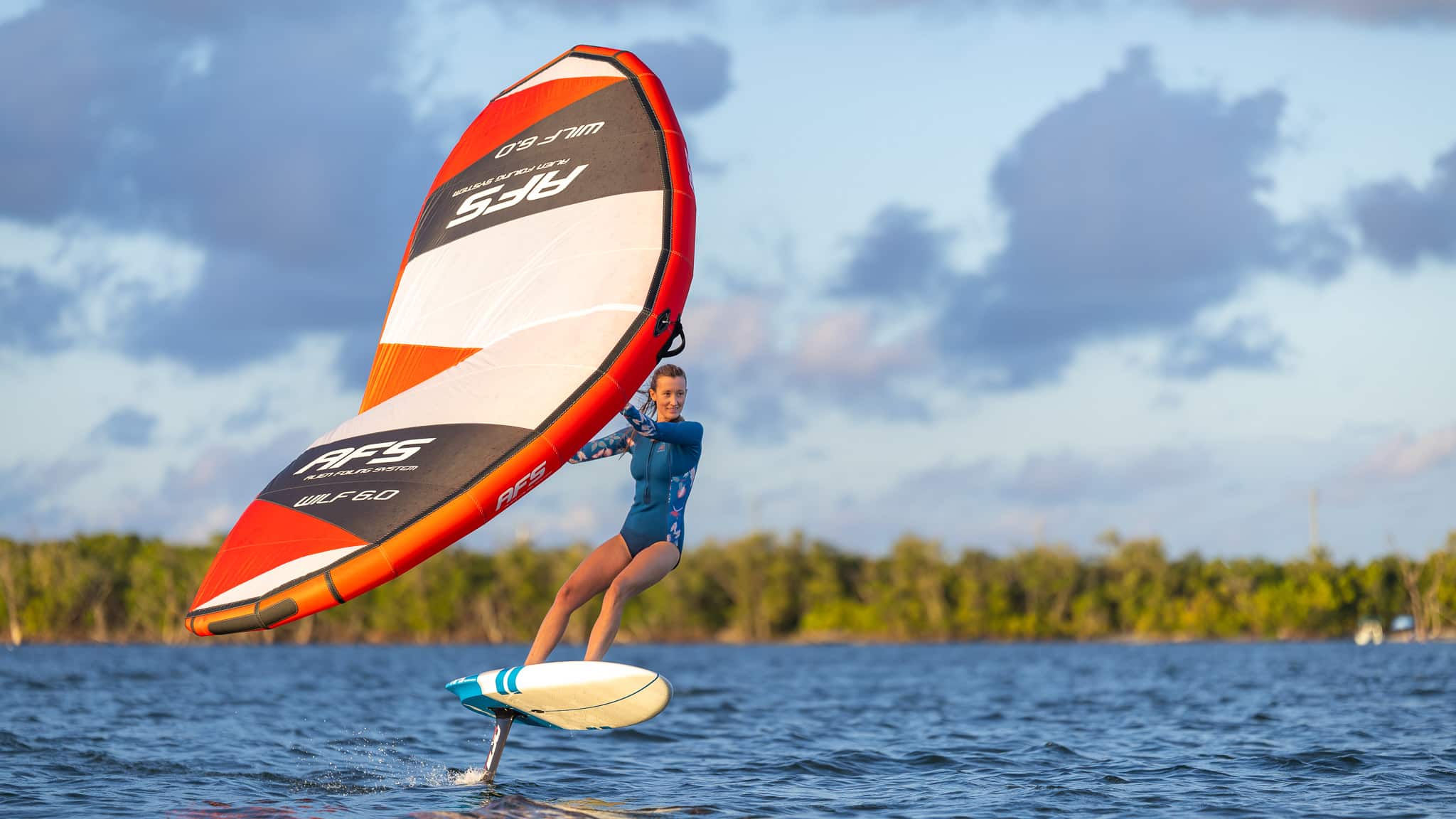

You will receive a product in excellent condition, with a few minor scratches from use.
Your product may have a few minor scratches or visual defects, but it's ready to take to the water again!
Despite deeper scratches or more pronounced visual defects, your product can take to the sea without hesitation: at this price, it's a shame to miss out!